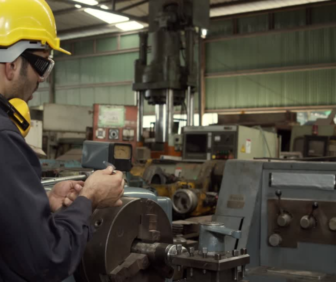
This post answers the question “What are Michigan’s top ten upper middle class occupations?” Where we define upper middle class as jobs that pay at least $70,539. Our calculation of what it takes to be upper middle class for a three person household.
In 2019 there were 914,000 of those jobs out of a total of 4,344,000 Michigan payroll jobs.
The answer is:
- Management: 160,000
- Healthcare practitioners: 127,000
- Business and finance: 100,000
- Architecture and engineering: 94,000
- Computer and mathematical: 65,000
- Educational instruction and library: 61,000
- Sales: 60,000
- Office and administrative support: 44,000
- Production: 43,000
- Construction and extractive: 30,000
What big picture lessons about today’s Michigan labor market can we learn from this list?
- First and foremost is the paucity of Michigan jobs, even in a robust economy, that are high-wage jobs. Only 21 percent of Michigan payroll jobs paid upper middle class wages for a three person household in the full-employment 2019 Michigan economy.
- High-wage jobs are predominately in occupations that require a four-year degree. The first six of our top ten upper middle class occupations are in major occupation where most jobs require a B.A. Those six major occupations account for 66 percent of all Michigan’s upper middle class jobs. 607,000 of 914,000 upper middle class jobs.
- As we have detailed previously, STEM occupations do not dominate high-wage jobs. Of the top ten major occupations, three are in STEM fields: healthcare practitioners; architecture and engineering; and computer and mathematical.
- Blue collar occupations don’t dominate high-paid work. Only the ninth and tenth of our top ten are blue collar occupations. They don’t even dominate the major occupations that don’t require a four-year degree. Of the four top ten major occupations that don’t require a four-year degree, the top two (sales and office and administrative support) are not in the trades.
- Given Michigan’s history, it is surprising––even shocking––that only 43,000 high-paid Michigan jobs are in blue-collar factory work. About 1% of all Michigan jobs.
A final word about what these data represent. They are for payroll jobs only and for full-time equivalent jobs only. So earnings from self employment and/or gig jobs are not included. Neither is overtime pay or any bonuses workers receive. Even with those limitations, these data provide a good description of what employers pay workers by occupation. And of today’s labor market realities.







